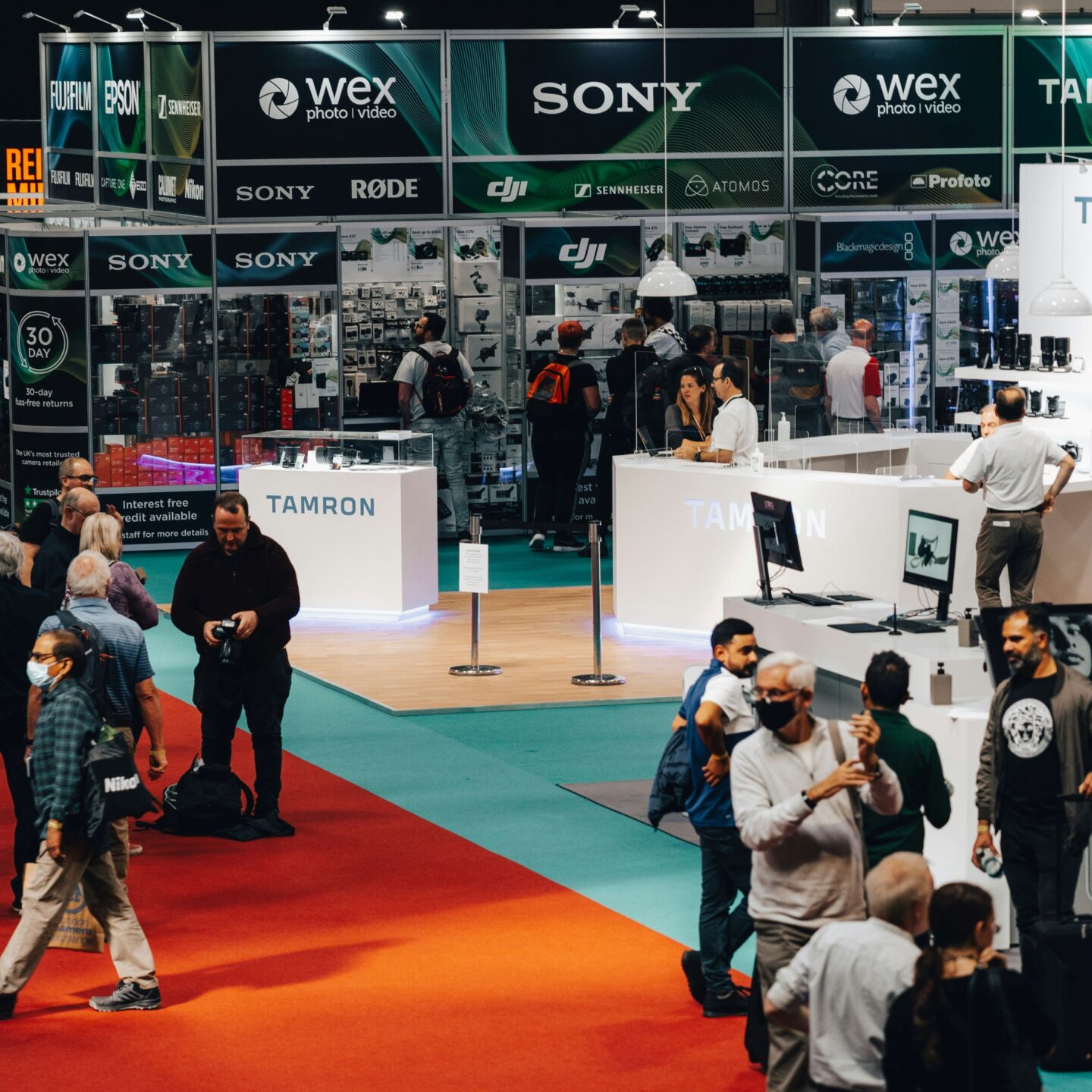
Exhibition beginners often err towards the smallest square they can possibly occupy, reasoning that a compact booth keeps budgets as low as possible. That’s all very well, but stands under about 2 by 3 metres rarely feel welcoming – even just two visitors and a display stand can trigger mild claustrophobia.
On the flip side, a 6 by 4 metre corner can look like a sparsely furnished living room, if only one member of the team is needed. Most organisers and seasoned exhibitors agree on a middle ground: nine square metres. Big enough for a short demo counter and a quiet conversation corner, small enough to put it all together while keeping to a modest budget.
Breathing space
Picture a trade-show aisle on day two, roughly around lunchtime. Footfall begins to slow, attendees clutch their coffees, and everyone starts to scan for friendly faces.
A 9 square metre stand from somewhere like Focal Exhibitions with an open front acts like a rest stop; people can step inside, take a look at a screen, and decide whether they want to hang around. Slides have enough room to actually tell a story; a single staff member can answer questions, without yelling over shoulder-to-shoulder chatter.
That breathing room encourages eye contact. In comparison, the “bargain” 2×2 booth forces awkward shoulder turns and quick exits, even if the brand message is brilliant.
Two people stands
First-time teams usually bring at least two people: one person can talk, while the other can be free to set up demo kits, top up business cards, and handle the inevitable crises. A 3×3 plot gives those two enough room to trade places without knocking over pop-up banners.
Anything larger begins to kind of need a third body; long spaces with a single person in them make a half-empty stand feel abandoned, which can end up having a damaging effect on your brand image.
Storytelling space
Limited walls can impose a bit of discipline on your branding approach. One headline, one concise explainer, one strong product visual – then stop.
At these kinds of events, you have to compete with the best of the best, who are all trying to grab attendees’ attention as quickly as possible. You need to be targeted in your approach, and not try to list everything your business has ever done – a limited space can force that kind of approach, so use it to your benefit.
Room to grow
The best first stand is a pilot, not a permanent build. Spend the savings you make on a double-width plot on a nice floor graphic, or a clever giveaway that brings a crowd over during a quiet moment. If leads flow and the event earns its keep, doubling footprint next year feels like a well-thought-out strategy, not a gamble.
If the show flops, the loss is small and the lessons are valuable. In other words, start with nine square metres: roomy enough for ambition, tight enough to keep the story sharp, and flexible enough to teach what bigger dreams might look like next season.